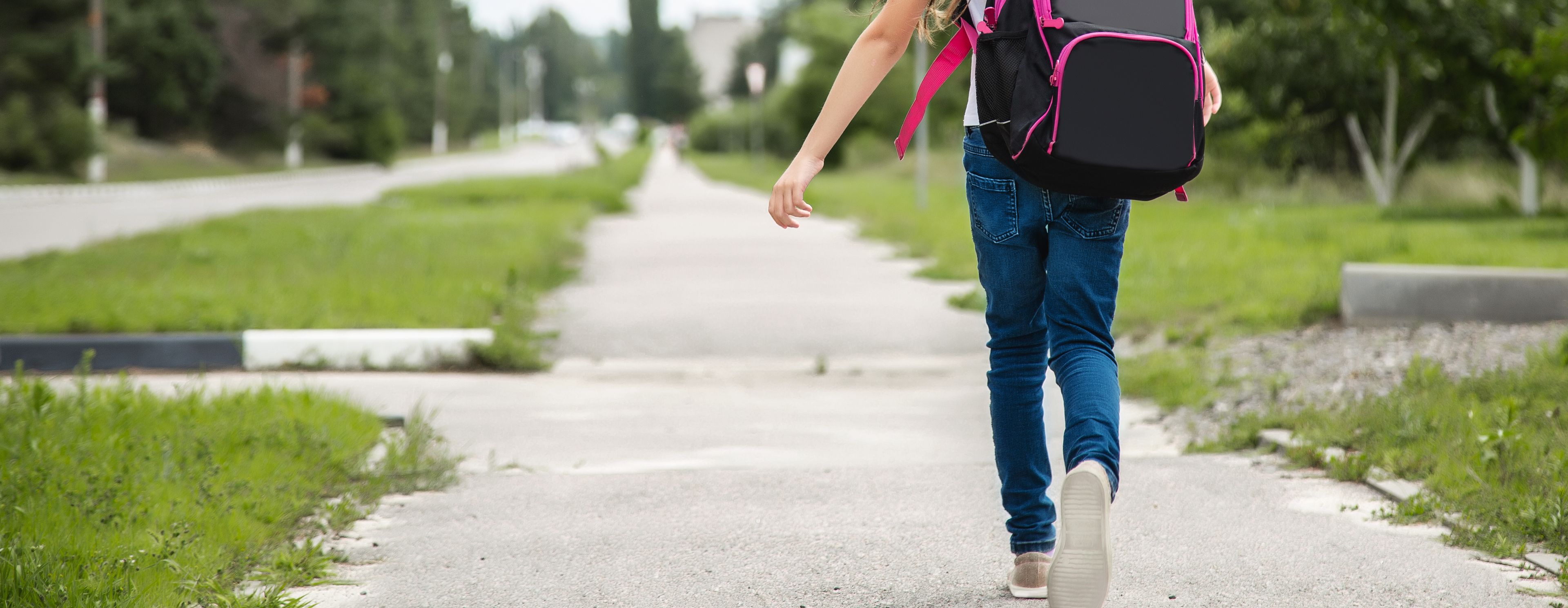
Patients
Going Back to School After a Burn Injury
Returning to school is a big step in recovery—and an important one for your child’s healing and growth.
School is more than just classes. It's where kids build confidence, stay connected with friends, and regain a sense of routine. Planning ahead and working closely with the school and your care team can make the return feel safe and supported.
Find a Burn Center Near You
How and When to Start Planning
Start talking about the return to school as soon as your child is medically stable. This allows time to build the right plan for their needs. Steps to take:
Accommodations Schools Can Provide
Students recovering from injury may need support to fully participate in school life. A guidance counselor or social worker often helps coordinate reasonable accommodations to meet the student’s needs.
Examples of accommodations:
Types of School Re-Entry Programs
Re-entry plans vary based on your child’s needs and personality.
Structured programs may include:
Sample letters for classmates and teachers
Class presentations or videos
Guest speakers from burn centers
Materials from national programs like The Journey Back
Informal programs may include:
A letter or call from the burn team
A one-time school visit by a care provider
Guidance to teachers on your child’s capabilities and needs
Helping Your Child After the Return
Even with preparation, there may be ups and downs. Keep an open line of communication with your child and the school.